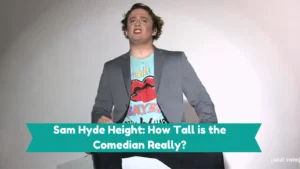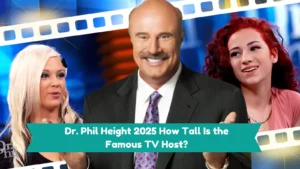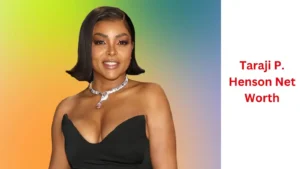Responding to “mhm” can be challenging, as it is often a brief and non-committal utterance. It might indicate that the speaker is listening, agreeing, or simply acknowledging your words without a strong opinion.
The key to replying effectively lies in understanding the context and guiding the conversation forward in a meaningful way.
This article explores 30 thoughtful and engaging responses to “mhm,” each designed to invite further dialogue and deepen the interaction.
I hear you loud and clear! What’s on your mind?
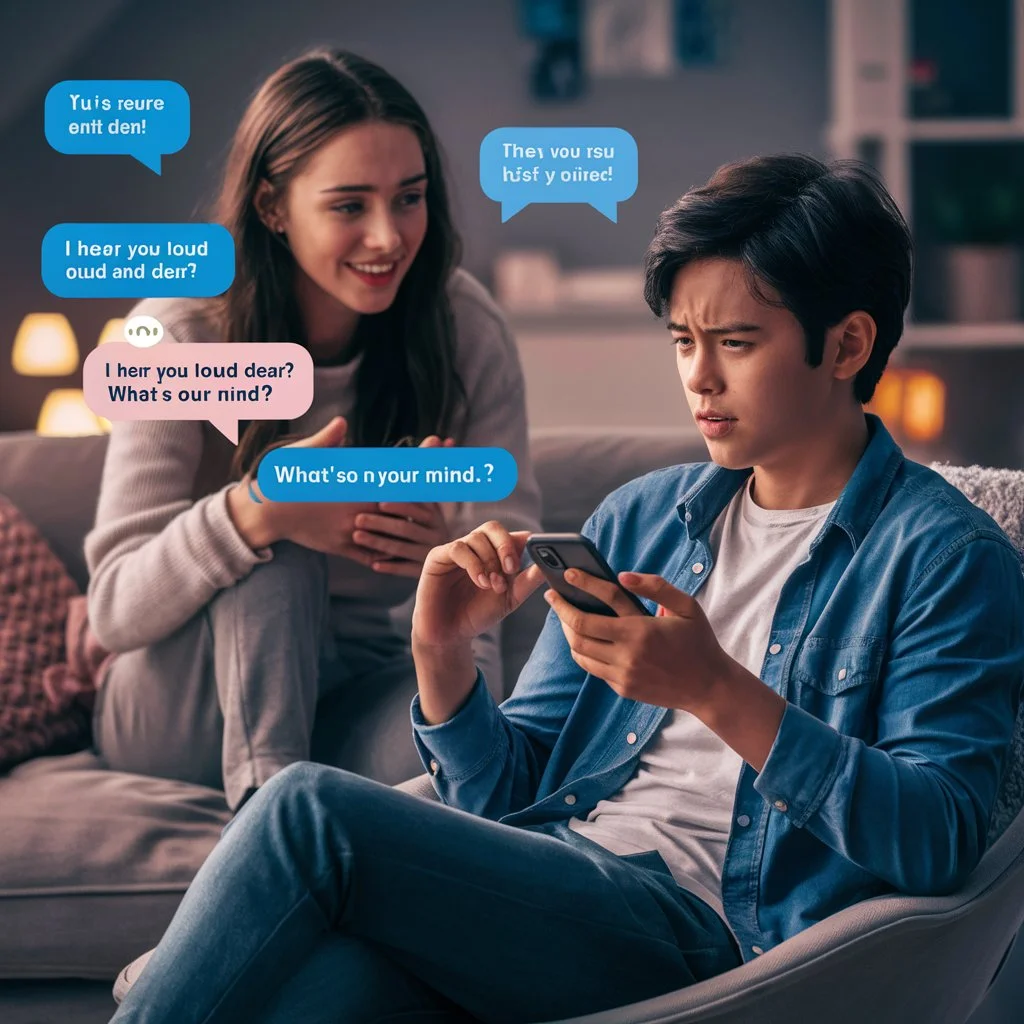
Acknowledging that you hear them clearly sets a positive tone. This response shows that you are attentive and invites the other person to share more about their thoughts or feelings. It encourages an open conversation, making the speaker feel valued and understood.
Got it! Want to share more about that?
This response indicates that you have received their message and are interested in learning more. It shows engagement and prompts the speaker to expand on their initial statement. By expressing a genuine interest in their perspective, you create an inviting atmosphere for deeper discussion.
Understood. Can you tell me more?
Saying “understood” reassures the speaker that their message was clear to you. Following up with a request for more information demonstrates curiosity and a desire for further clarification. It helps in uncovering additional details and keeps the conversation flowing smoothly.
Alrighty! What’s next?
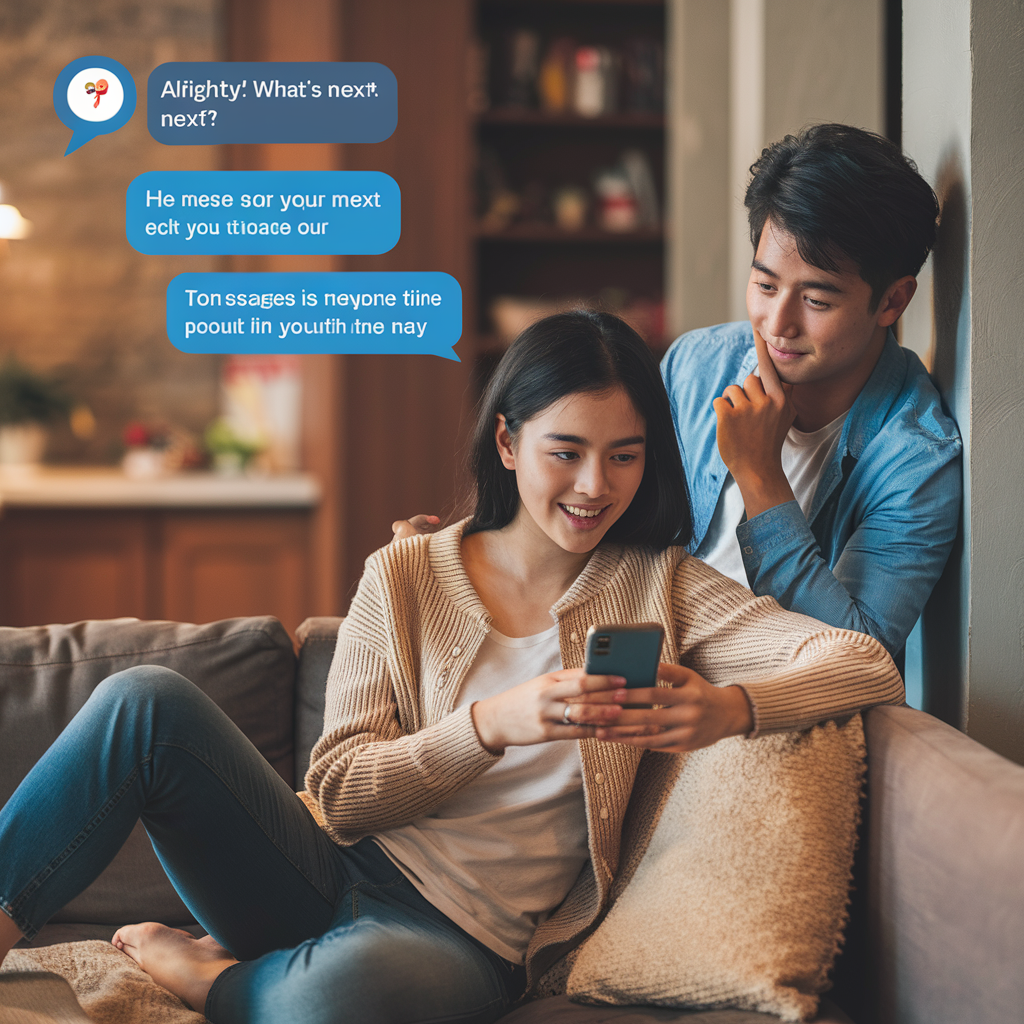
This upbeat response conveys enthusiasm and readiness to proceed. It suggests that you are on the same page and are eager to know the next step. This approach is especially effective in planning or decision-making scenarios, where moving forward is the natural progression.
Okay, sounds good. What else is up?
Confirming that something sounds good indicates agreement and support. Asking what else is up invites the speaker to continue sharing, fostering a sense of ongoing engagement and curiosity about their experiences or plans.
Sure thing! Do you want to discuss further?
“Sure thing” is a friendly and affirmative reply that signals your willingness to continue the conversation. By asking if they want to discuss further, you open the door for more in-depth dialogue, showing that you value their input and are ready to engage more deeply.
Gotcha. What’s the plan now?
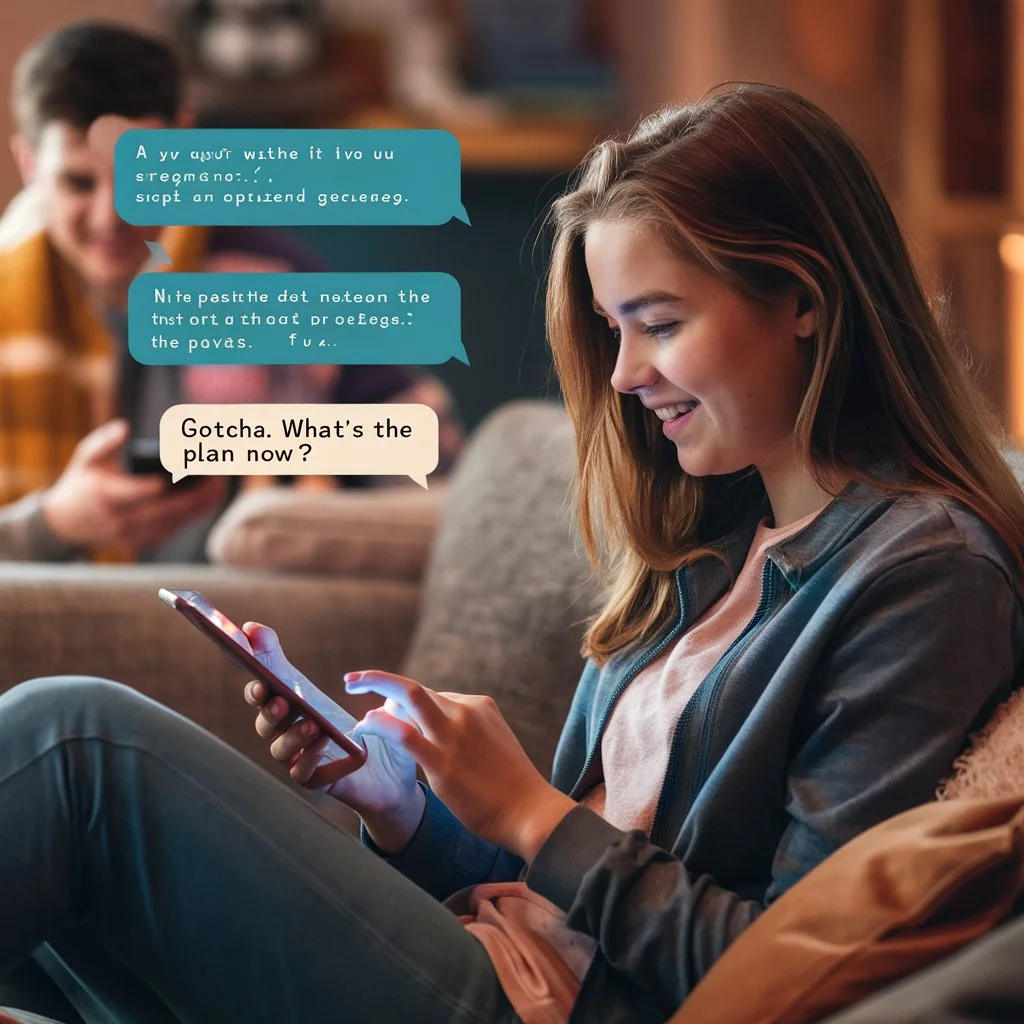
“Gotcha” is a casual way to acknowledge that you understand their point. Asking about the plan indicates that you are looking for direction or a course of action. This response is practical and forward-thinking, ideal for collaborative settings.
Noted! How can I help?
Saying “noted” conveys that you have taken their point into account. Following up with an offer of help shows proactivity and support. It signals your readiness to assist and be involved, strengthening your collaborative relationship.
Understood. Anything specific you want to talk about?
This response reassures the speaker that you comprehend their message. Asking for specifics invites them to elaborate on particular points, providing a clearer picture of their thoughts or concerns. It demonstrates a willingness to delve into details for better understanding.
Okay, cool. What’s the next step?
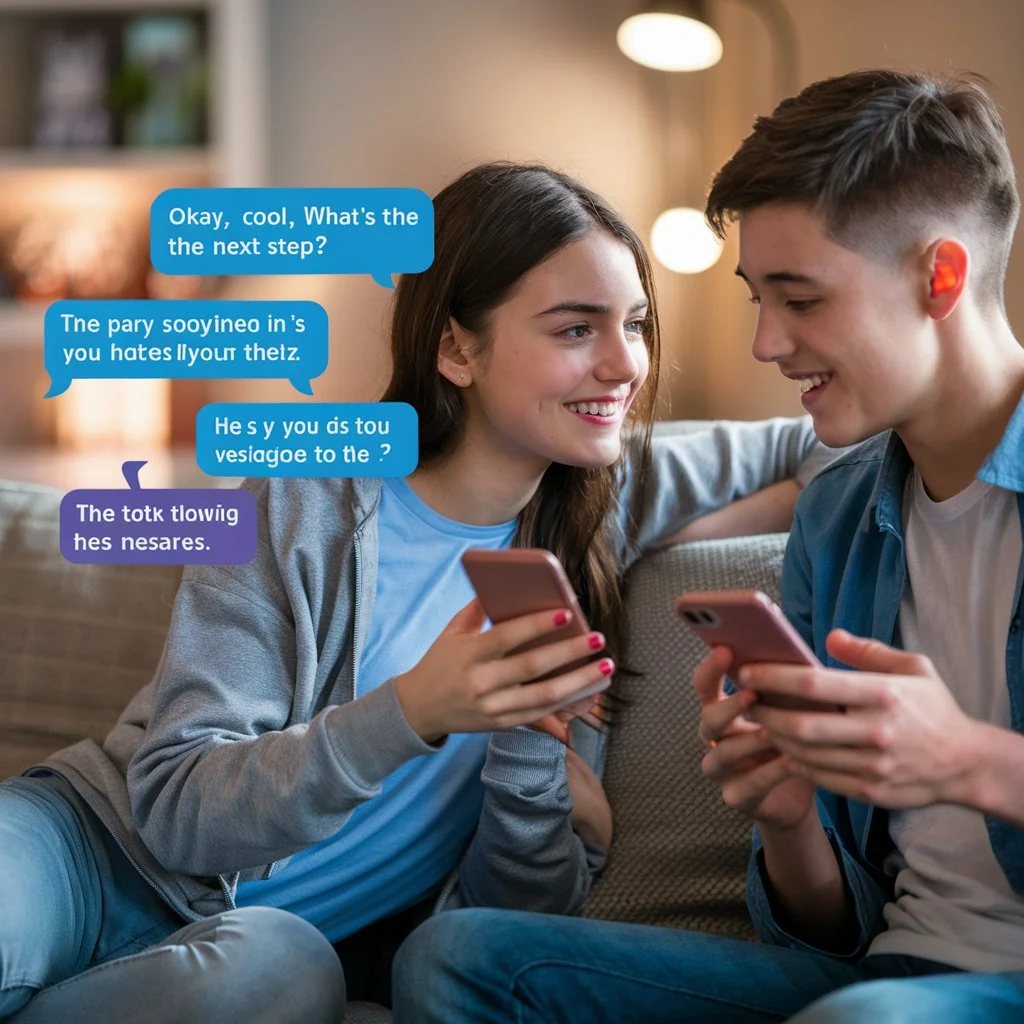
“Okay, cool” is an easygoing acknowledgment that sets a relaxed tone. Inquiring about the next step indicates your interest in progressing the conversation or project. It keeps the dialogue dynamic and forward-moving.
Roger that. Any more details to share?
Using “Roger that” gives a nod to traditional communication, indicating receipt and understanding. Asking for more details encourages the speaker to provide additional information, ensuring that no important points are overlooked.
Aha, I see. Care to elaborate?
Expressing “Aha, I see” shows that you have grasped the essence of their message. Inviting them to elaborate encourages them to expand on their thoughts, providing a deeper insight into their perspective and fostering a richer conversation.
Alright! Do you need anything else?
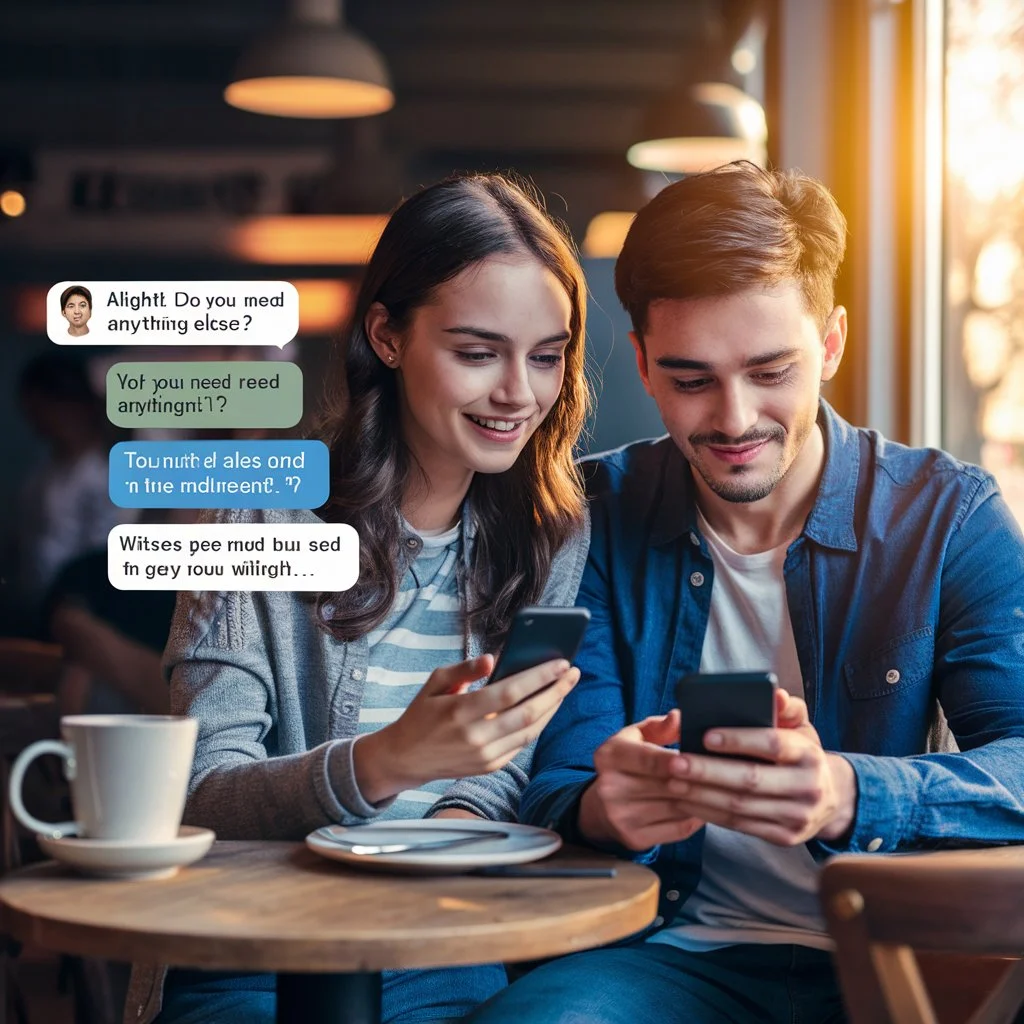
This response is both affirmative and supportive, indicating that you are on board with their point. Asking if they need anything else shows your readiness to offer further assistance or address any additional concerns they might have.
Okay, what’s your take on it?
Confirming with “okay” shows that you are following their point. Asking for their take on it invites them to share their opinion or perspective, encouraging a two-way dialogue and a deeper exchange of ideas.
Got it. Is there something I should know?
This response confirms that you have understood their message. Asking if there is something you should know invites them to share additional information that might be pertinent, ensuring that you are fully informed and aligned.
Noted. Any other thoughts?

“Noted” conveys that you have taken their message into account. Asking for other thoughts encourages the speaker to share any additional ideas or considerations, fostering a comprehensive and inclusive conversation.
Okay, I get it. Anything else you want to add?
This response reassures the speaker that you understand their point. Asking if there is anything else they want to add invites further contributions, ensuring that all relevant points are covered and acknowledged.
Sure, I understand. How should we proceed?
Saying “sure, I understand” confirms your comprehension and agreement. Asking how to proceed shows your readiness to take action based on their input, demonstrating a proactive and collaborative approach.
I hear you. Want to dive into it?
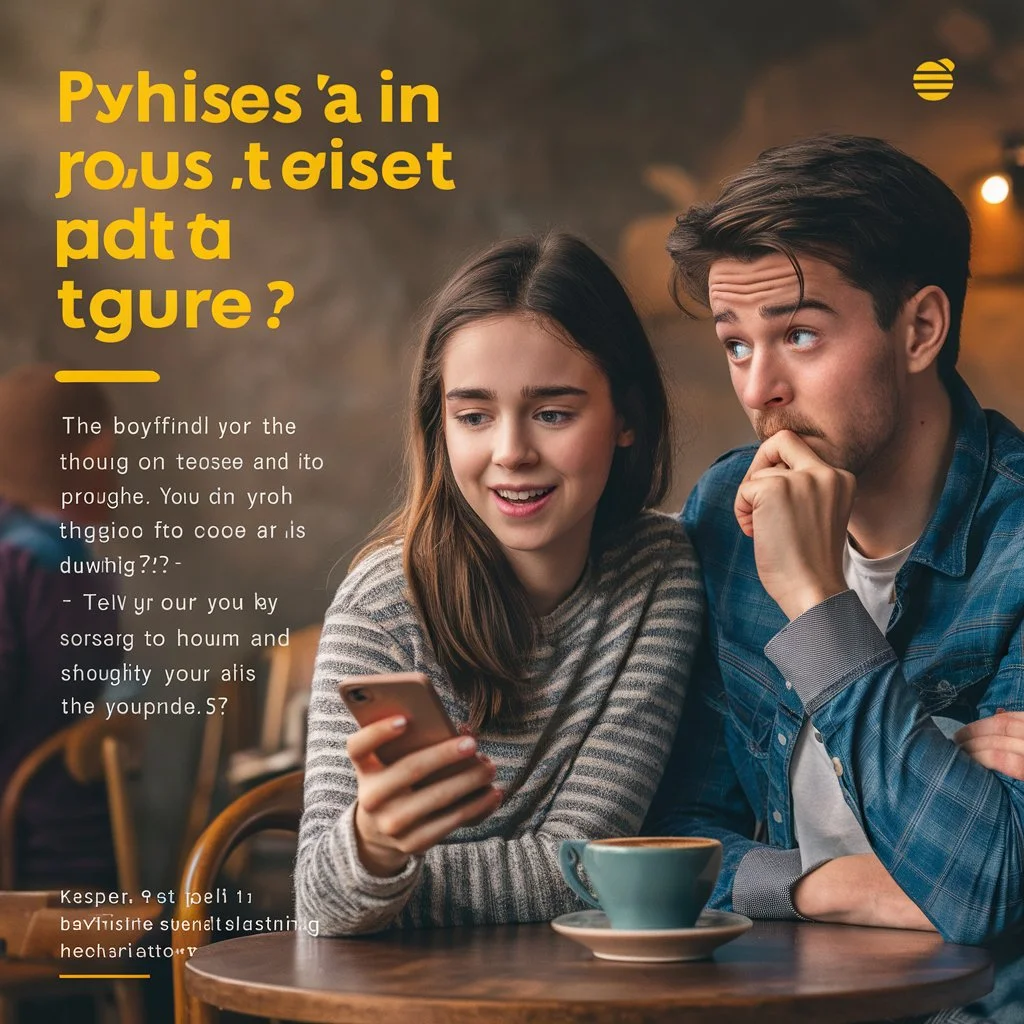
Acknowledging that you hear them reinforces that you are listening attentively. Asking if they want to dive into it suggests a deeper exploration of the topic, inviting them to elaborate and engage in a more detailed discussion.
Alright. What’s your perspective?
This response is both affirmative and open-ended, inviting the speaker to share their viewpoint. It encourages a two-way dialogue, promoting a richer and more nuanced exchange of ideas and perspectives.
Okay, I’m following. What’s next?
Confirming that you are following shows that you are attentive and engaged. Asking what’s next indicates your interest in continuing the conversation or moving forward with the topic at hand, keeping the dialogue dynamic.
Got it. Can you give me more context?
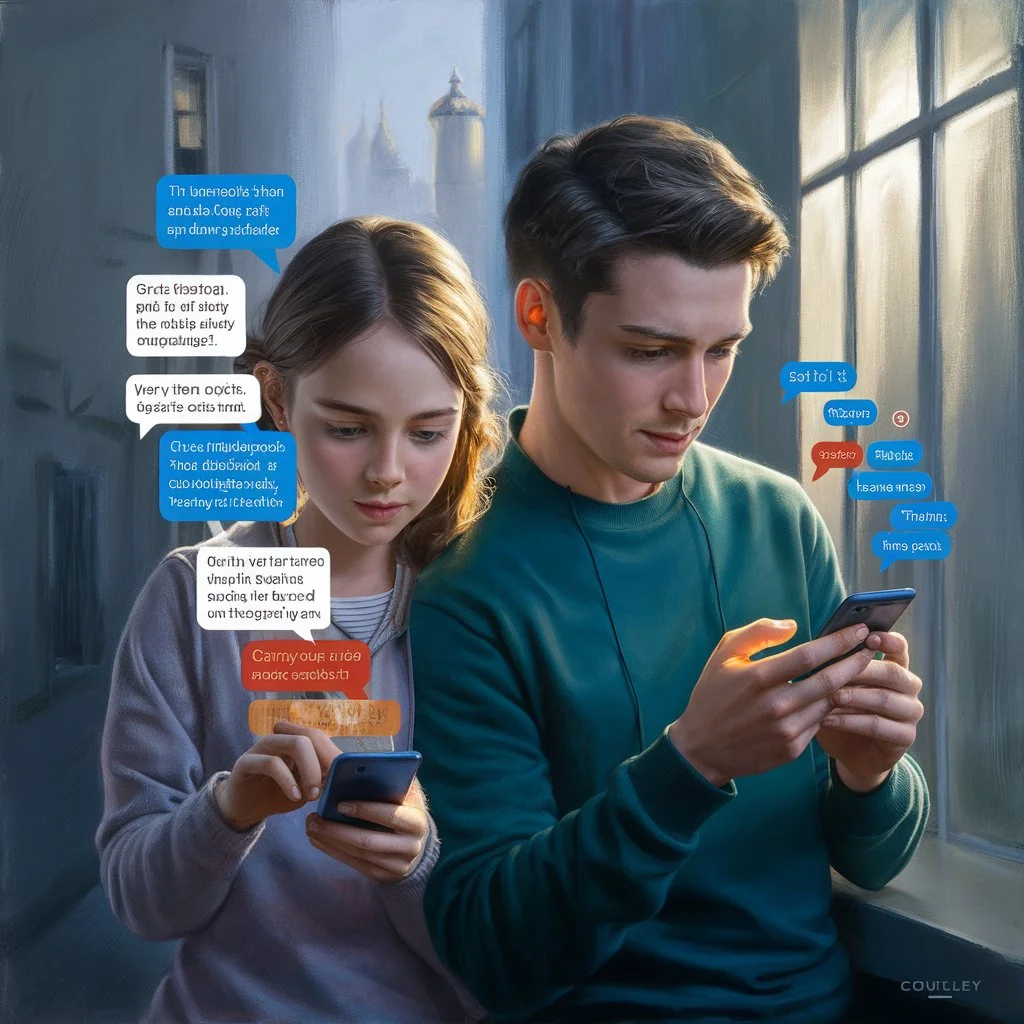
This response confirms your understanding and expresses a desire for additional information. Asking for more context helps to clarify any uncertainties and ensures that you have a comprehensive understanding of the topic.
Sure, I see. What’s the bottom line?
“Sure, I see” conveys that you understand their message. Asking for the bottom line encourages the speaker to summarize or highlight the key point, providing clarity and focus to the conversation.
Noted. What’s your opinion on this?
This response indicates that you have taken their point into account. Asking for their opinion invites them to share their thoughts and perspectives, fostering a more interactive and inclusive dialogue.
I hear you. What’s your suggestion?
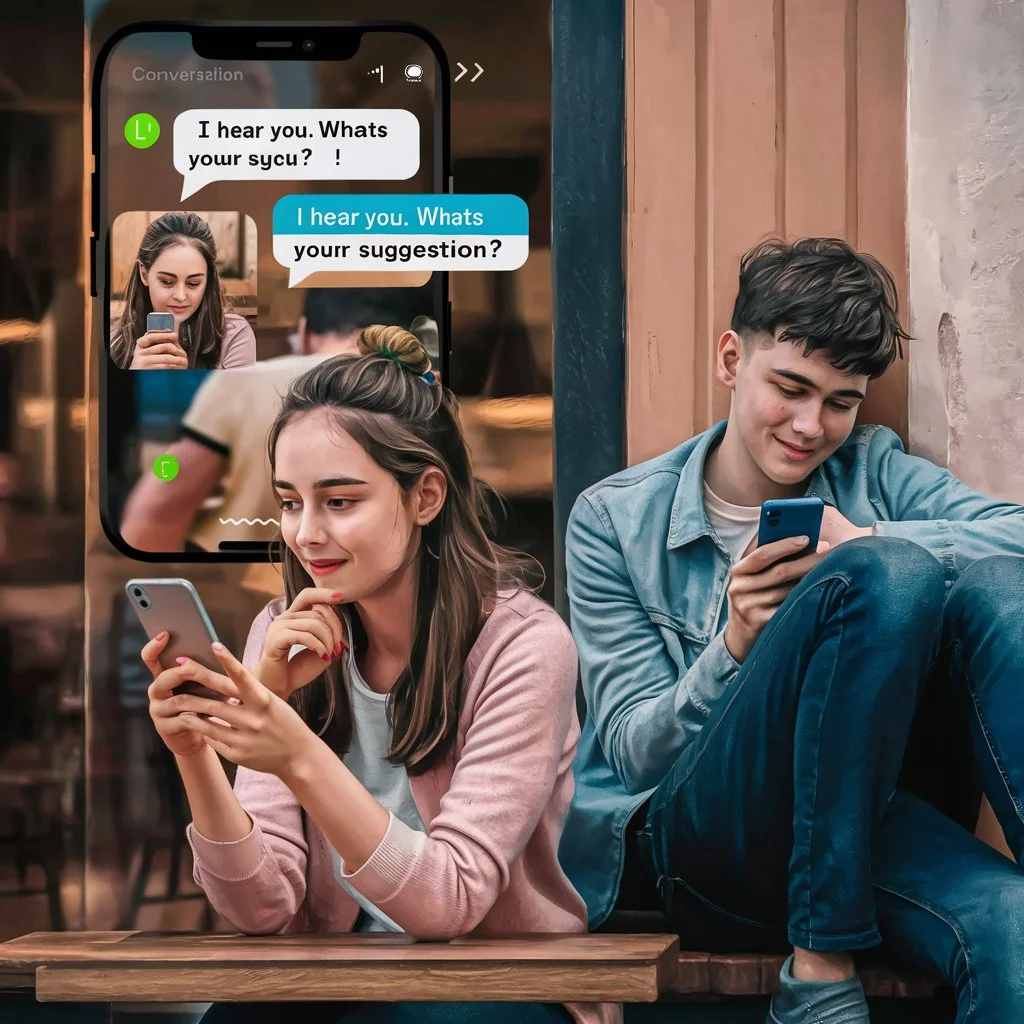
Acknowledging that you hear them shows that you are listening attentively. Asking for their suggestion encourages them to contribute ideas or recommendations, promoting a collaborative approach to problem-solving or decision-making.
Okay, understood. What’s the next move?
This response confirms your comprehension and readiness to act. Asking about the next move indicates your interest in progressing the conversation or task, maintaining momentum and focus.
Got it. Can we talk more about it?
This response reassures the speaker that you understand their message. Asking to talk more about it invites them to elaborate or delve deeper into the topic, fostering a more thorough and engaging conversation.
Sure thing. What’s your plan?
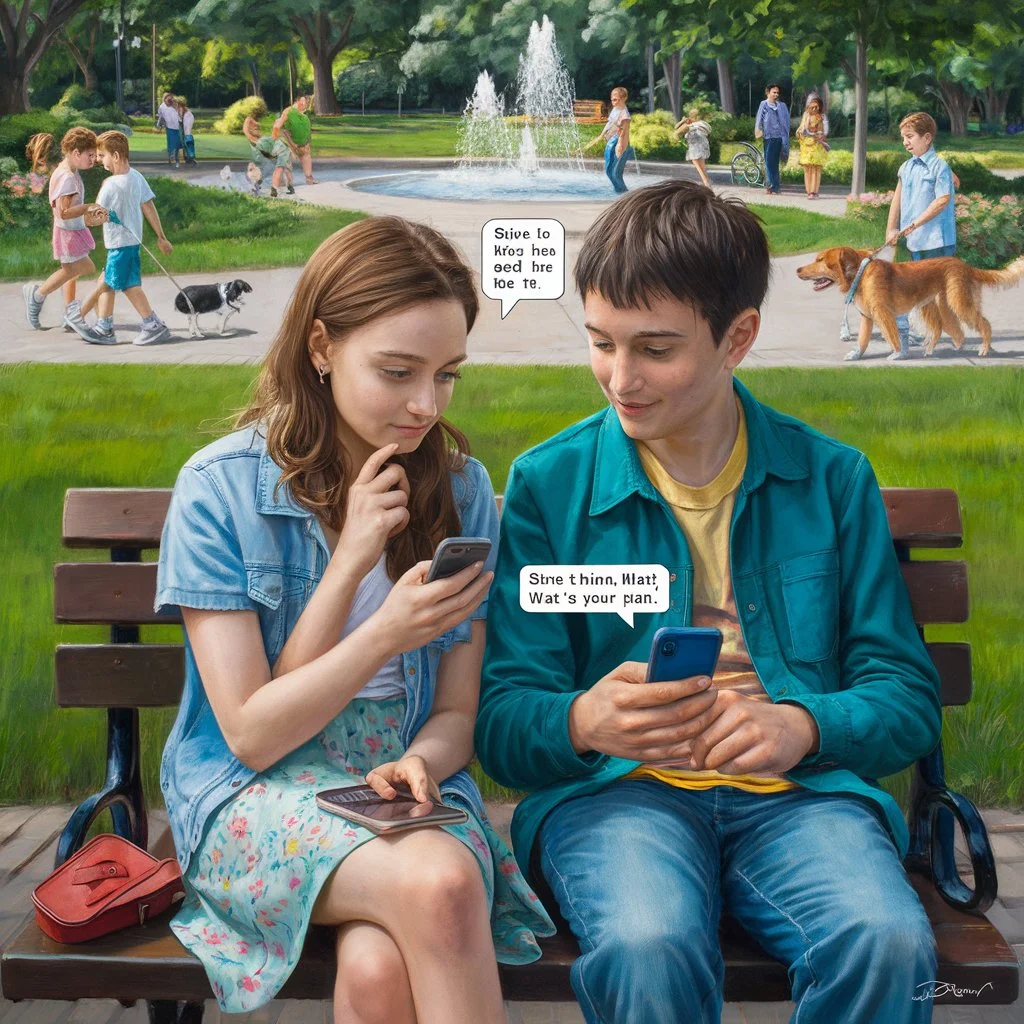
“Sure thing” is a friendly and affirmative reply that shows your willingness to engage. Asking for their plan indicates your interest in understanding their approach or intentions, promoting a collaborative and supportive dialogue.
Understood. What are your thoughts?
This response confirms your understanding and invites the speaker to share their thoughts. It encourages a two-way exchange, fostering a richer and more interactive conversation.
Alright. What do you think we should do next?
This response is both affirmative and action-oriented. Asking what they think should be done next invites their input and promotes a collaborative approach to planning or decision-making, ensuring that both parties are aligned.
Conclusion
Responding to “mhm” effectively involves more than just acknowledgment—it requires active engagement and a willingness to guide the conversation forward. Each of these 30 creative replies offers a way to deepen the interaction, whether through requesting more information, inviting further discussion, or proposing the next steps. By choosing the right response, you can transform a simple “mhm” into a meaningful and enriching dialogue.
Effective communication is a cornerstone of strong relationships, whether personal or professional. By responding thoughtfully to even the briefest of acknowledgments, you demonstrate that you value the speaker’s input and are committed to fostering a deeper connection. Use these responses as tools to enhance your conversational skills and build stronger, more meaningful interactions.

Justin Taylor is the innovative force behind ReplySwift.com. With a knack for creating quick, witty, and effective responses, Justin empowers others to communicate more confidently. On ReplySwift.com, he offers expert tips, customizable templates, and valuable insights to enhance your reply game.



